As you can see I choose the image of a human-tiger encounter, at what seems to be some sort of circus. The first thing I noticed was that the human who is most likely the tamer is giving the tiger a kiss. To our knowledge what’s typically known as a ferocious and dangerous animal, the tiger is accepting the kiss without any hesitation. Both the human and tiger appear to be reaching out for the peaceful gesture. This isn’t how a tiger would act in the wild, which makes sense that my next observations of the picture told me what it did. There is a black cage surrounding the two, with a blackened background, but a spotlight being shined onto the two. Clearly this is a circus and the tiger has been trained to preform at the humans command. The last thing I recognized as I closely examined the photo was the whip behind the humans back. The tiger is trained well enough to kiss the human but there is still a form of superiority represented by the whip. It may also serve as a division between the two species.
sort of circus. The first thing I noticed was that the human who is most likely the tamer is giving the tiger a kiss. To our knowledge what’s typically known as a ferocious and dangerous animal, the tiger is accepting the kiss without any hesitation. Both the human and tiger appear to be reaching out for the peaceful gesture. This isn’t how a tiger would act in the wild, which makes sense that my next observations of the picture told me what it did. There is a black cage surrounding the two, with a blackened background, but a spotlight being shined onto the two. Clearly this is a circus and the tiger has been trained to preform at the humans command. The last thing I recognized as I closely examined the photo was the whip behind the humans back. The tiger is trained well enough to kiss the human but there is still a form of superiority represented by the whip. It may also serve as a division between the two species.
Before reading John Berger’s “Why Look at Animals?” I would have viewed this image as harmless. It seems like there is a good relationship between the human and the tiger. The tiger must like the human enough to share a kiss with him. I also wouldn’t have seen the wrong doing to the species of Tigers in performances like such. I would have deemed this circus as entertaining for majority of humans before reading Berger.
Now that I have read Berger’s essay, I can say that images like this one is not all that meets the eye when we look at interesting animals like the Tiger. I don’t agree that humans should be putting animals of any species in zoos or circuses. It is only hurting the species. Berger’s essay tells us the vast history of human and animal relationships. As you may or may not know, tigers are an endangered species. Humans have felt the need to use Tigers for several different reasons, and barely any are to the species benefit. According to Berger “The commercial exploitation of certain species (bison, tigers, reindeer) has rendered them almost extinct. Such wild life as remains is increasingly confined to nation parks and game reserves” (p. 13). If we care about tigers or any commercialized animals we find so much interest in, we must not interfere with their ways of living, because they won’t be around much longer for us to admire.
Sources for post:
Berger, John. “Why Look At Animals?” About Looking. New York: Pantheon, 1980. Print.
“Dragons Circus Review.” The Peanuts Gang. Web. 22 Sept. 2014
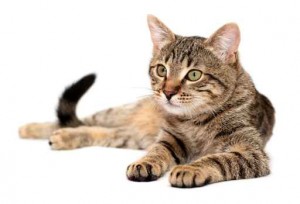
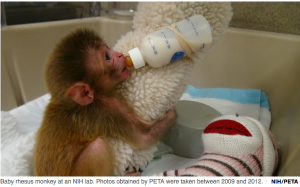 trauma, in an effort to understand how they interact with genetic factors.
trauma, in an effort to understand how they interact with genetic factors.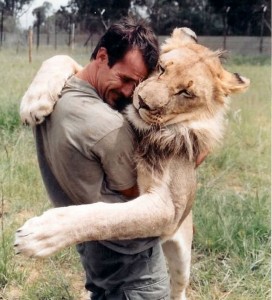
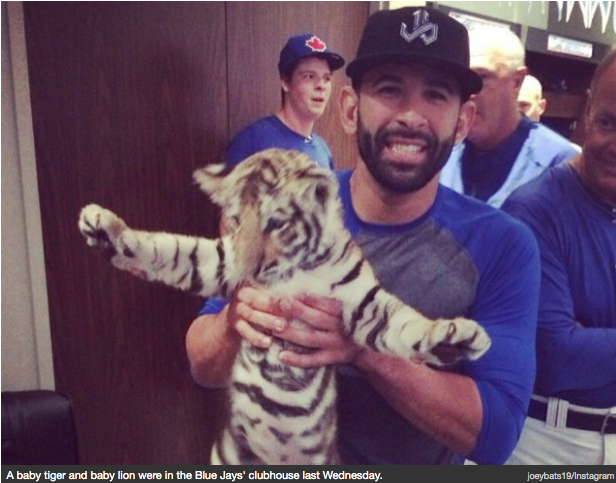
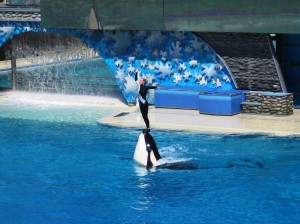
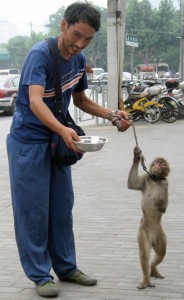
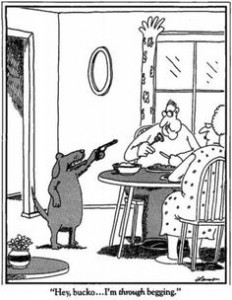
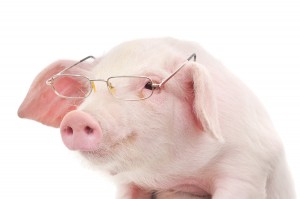
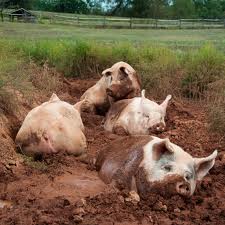 Most would say that this image is what pops in ones head when one thinks of pigs. Now it isn’t a bad thing to associate pigs playing in mud, since it is natural for them. However, by reinforcing this image in ones head, one subconsciously propagates the stereotypes and prejudices society has instilled with pigs- which is that they are dumb, dirty, fat, and nasty.
Most would say that this image is what pops in ones head when one thinks of pigs. Now it isn’t a bad thing to associate pigs playing in mud, since it is natural for them. However, by reinforcing this image in ones head, one subconsciously propagates the stereotypes and prejudices society has instilled with pigs- which is that they are dumb, dirty, fat, and nasty.
Recent Comments